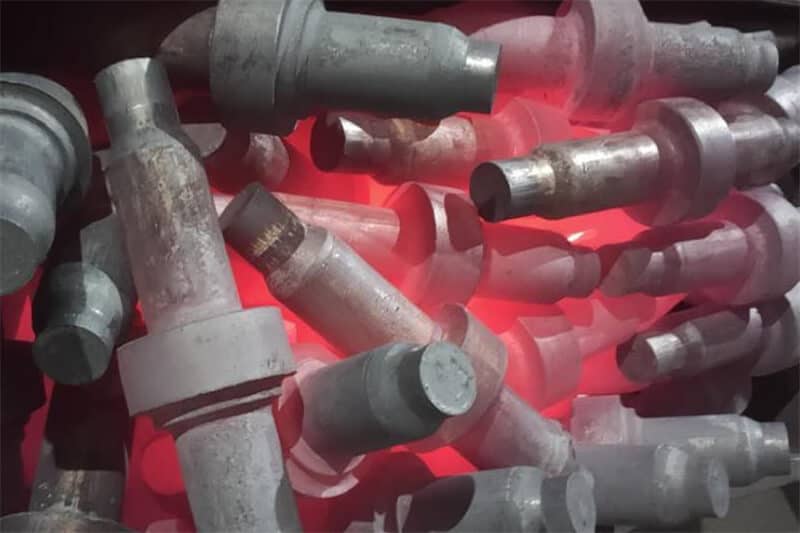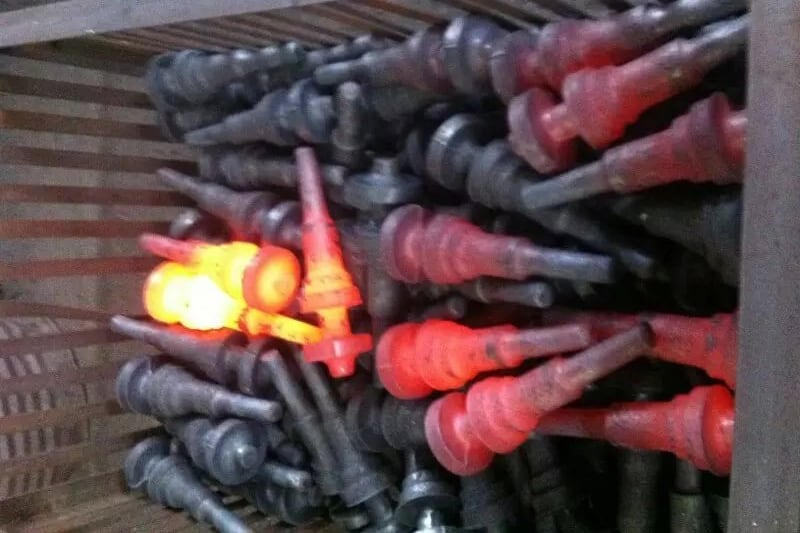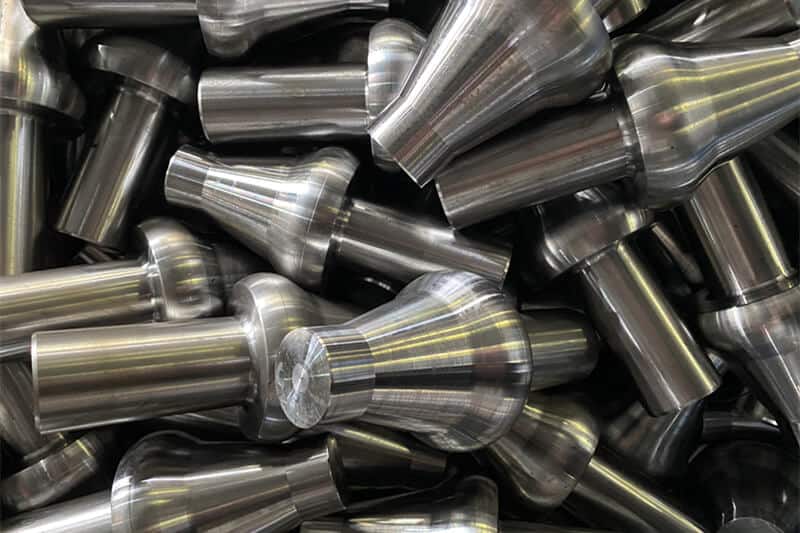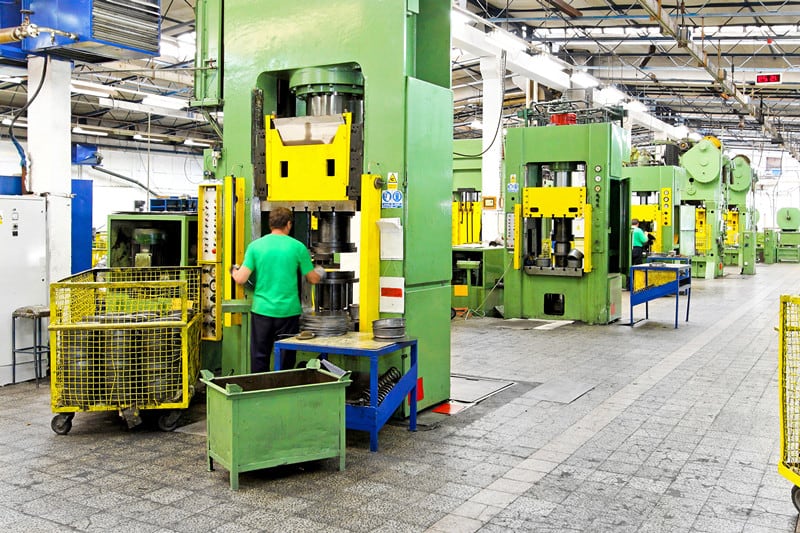Hydraulic Press Machine for Warm Extrusion
Warm extrusion is a push-through compressive forming process that uses an extruder. In the process, the heated metal blank is placed against the die. Then, force is applied on the punch to pressure the blank to form the product. The tonnage applied on the punch is determined by several factors, with the type of material being the main one. The good thing is that modern extruding machines enable you to calculate and select the tonnage automatically.


In backward extrusion, also known as the indirect extrusion, the material being extruded moves in the opposite direction of the punch movement. In the case, the work-piece is kept in a completely closed chamber on one side, and the extrusion dies are placed on the punch. The punch kept hollow so that the extruded section of the work-piece can travel through it. This process can produce both square and cylindrical shapes that are closed at one end such as aerosol cans, food, and drink cans and other similar containers
In compound extrusion, part of the extruded material flows in the same direction as the punch while the other part flows in the opposite direction. It’s more of a combination of direct and indirect extrusion. It’s a great option for producing barrel parts, rods, cups, and any other product that the other two techniques can produce. Other warm extrusion processes that are also used include radial or lateral extrusion and forging.
Another advantage is that warm extrusion is working with a vast range of metals. Some of the metals that can be warm extruded include magnesium, lead, tin, aluminum, nickel, copper, zinc and their alloys, stainless steel, low carbon steel, tool steel, low alloy steel, medium carbon steel, and their alloys among many others.


